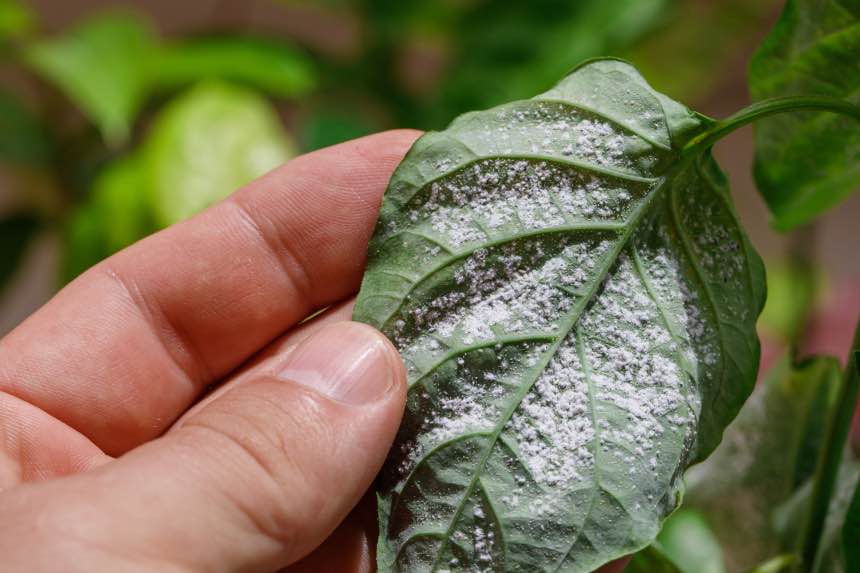A garden is full of life. It’s natural to have all kinds of insects buzzing around. Flies, beetles, bees, there are good and bad. So what about spider mites? Are they good bugs, or are they harmful to plants?
With its delicate white blooms and airy foliage, baby’s breath adds graceful beauty to any garden However, your prized baby’s breath can become infested with tiny spider mites that damage leaves and suck plant juices. Getting rid of spider mites organically protects your baby’s breath while creating a healthy garden ecosystem
Identifying Spider Mites on Baby’s Breath
Spider mites are tiny pests related to spiders and ticks. They are usually less than 1mm long and vary in color from red to brown yellow, or green. Watch for these signs of spider mites on baby’s breath
- Stippling on leaves – tiny yellowish dots
- Fine webbing on undersides of leaves
- Leaves turning yellow or brown
- Defoliation and dieback
Inspect both sides of leaves regularly with a magnifying glass to spot spider mites before damage becomes severe
Effective Organic Spider Mite Treatments
Getting rid of spider mites on baby’s breath starts with using safe, natural methods:
Insecticidal Soap
Insecticidal soap smothers and kills mites on contact while being safe for plants. Spray leaves, especially undersides, until fully coated.
Neem Oil
Derived from the neem tree, this organic pesticide repels and kills mites. Mix with water and spray all plant surfaces.
Horticultural Oil
These refined petroleum oils suffocate spider mites. Coat leaves thoroughly while avoiding blooms.
Water Spray
Strong sprays every few days dislodge mites and prevent webbing from forming. Don’t oversaturate soil.
Predatory Mites
Beneficial mites like Phytoseiulus persimilis feed on spider mites. They provide biological control.
Diatomaceous Earth
This powder made from fossils cuts and dehydrates mites. Dust on leaves and soil. Reapply after rain.
When to Use Miticide Chemicals
If organic methods aren’t effective, you may need miticide chemicals as a last resort:
-
Abamectin – Derived from a soil bacterium, it disrupts mite nervous systems. Use cautiously, as it harms bees.
-
Fenpyroximate – This synthetic miticide inhibits mite growth and activity. It provides residual control.
-
Bifenazate – Disrupts mite reproduction and growth. Apply at first signs of infestation.
Carefully follow label directions when using miticides. Rotate chemical classes to prevent resistance. Avoid overuse to protect pollinators and natural enemies.
Stop Spider Mites Before They Start
Prevention is key to avoiding spider mite issues:
- Remove weeds that harbor mites
- Keep plants healthy with proper watering, fertilizing, and pruning
- Avoid excess nitrogen which causes fast, tender growth mites prefer
- Clean up fallen leaves and debris
- Use row covers at start of season
- Release predatory mites
- Mist leaves frequently to deter mites
- Isolate and inspect new plants before introducing
Caring for Your Baby’s Breath
Growing vigorous baby’s breath starts with providing good care:
- Choose a sunny spot with well-drained soil
- Space plants 12-18 inches apart
- Water infrequently but deeply
- Apply balanced organic fertilizer in spring
- Deadhead spent blooms to encourage more flowers
- Cut plants back to 1-2 inches after flowering
- Mulch roots in winter
Healthy, thriving baby’s breath is less susceptible to spider mites. Proper siting, soil preparation, watering, and fertilizing makes for robust plants.
Expert Tips for Battling Spider Mites
Follow these pro tips from gardening experts for destroying spider mites:
- Check undersides of leaves thoroughly with a hand lens
- Apply insecticidal soap or oil early morning or late evening to avoid pollinators
- Use fabric row covers over plants to create a physical barrier against mites
- Introduce predatory mites 3-4 times per season to maintain control
- Remove and destroy severely infested plants and isolate from healthy plants
- Replace top 2 inches of container soil after treating to remove eggs and larvae
Staying vigilant, treating promptly, and taking a multifaceted approach will allow you to conquer spider mites and enjoy thriving baby’s breath.
With close monitoring, natural sprays, beneficial insects, and prevention, you can get rid of spider mites safely and effectively. A little organic TLC will keep your baby’s breath beautiful, bountiful, and free of damaging mites.

What are Spider Mites?
Spider mites are tiny arachnids. They are less than 0.4 mm and have four pairs of legs. The two-spotted mites we see on our plants are the most common spider mites. It gets its name from the two dark spots on either side of its body, which are accumulations of its body waste. But you have to have a powerful microscope to see it.
Are they a beneficial spider or a harmful mite?
While spiders can be beneficial in outdoor gardens, spider mites are harmful to plants. Like thrips, they pierce plant cells and suck out the juices.
Spider mites spin webs and cover the leaves to protect themselves and their eggs. They are hard to spot and often aren’t detected until there is noticeable leaf damage.
These microscopic arachnids reproduce rapidly. Spider mites go through a larval stage and two nymph stages. They usually overwinter in the egg stage. Each species varies, but eggs typically hatch in 3 days.
One female spider mite can lay up to 300 eggs in her lifespan and live for two to four weeks.
Their lifecycle can be as little as two weeks under the right conditions, which include temperatures over 90ºF.
Super Simple Spider Mite Control and Prevention
FAQ
Can a plant recover from spider mites?
What home remedy kills spider mites?
How long does it take to get rid of spider mites on plants?
Does misting plants help with spider mites?
